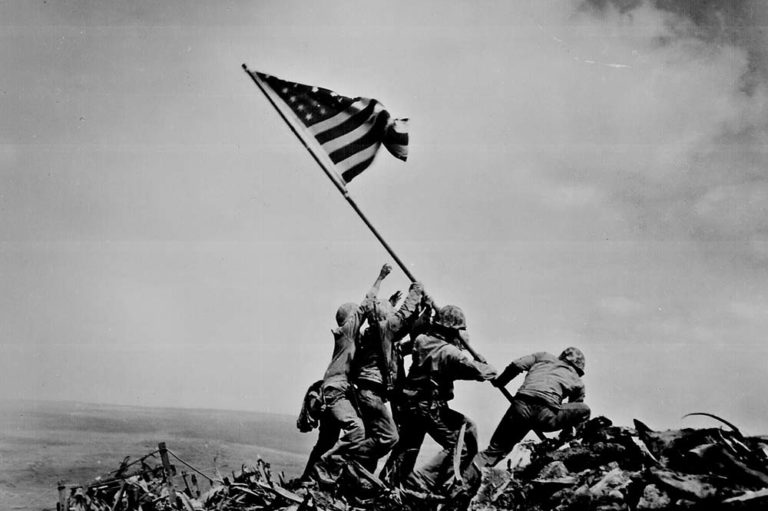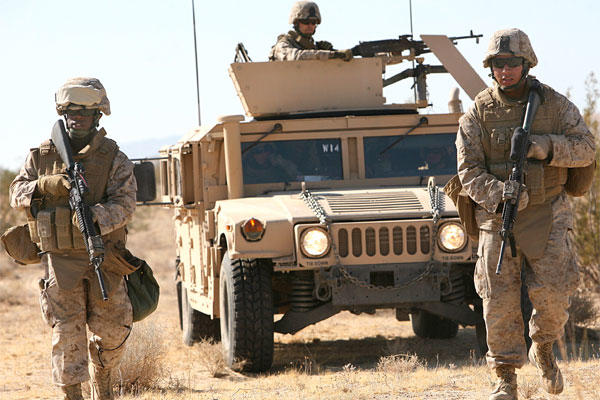

During policy development, advice may be sought from the Armed Forces Epidemiological Board (AFEB), an expert advisory board of civilian physicians and scientists ( 10, 11). Senior preventive-medicine officers from the five Armed Services develop vaccine recommendations for military trainees and other military personnel, with decisions made by the Army, Navy, and Air Force Surgeons General and the Coast Guard Director of Health and Safety. Mfg, manufacturer's abbreviation following the Vaccine Identification Standards Initiative system (refer to for the complete list) Nbr, number AFCHIPS, Air Force Corporate Health Information Processing Service MTF, military treatment facility Hep, hepatitis Pos, positive cc, cubic centimeter IM, intramuscular SC, subcutaneous MMR, measles-mumps-rubella OPV, oral poliovirus PPD, tuberculin-purified protein derivative N, negative ID, intradermal Td, tetanus-diphtheria toxoids ViCPs, Vi capsular polysaccharide Suscep, susceptible Vax, vaccine DEERS, Defense Enrollment Eligibility Reporting System. Notional electronic immunization record, Air Force Complete Immunization Tracking Application, 2006. Individualized on the basis of occupational or personal needs

Individualized on the basis of deployment or travel to high-risk areas (both active and reserve components), various alert forces Routine during career (both active-duty and reserve components) Military immunization programs maintain the health of soldiers, marines, sailors, airmen, and coast guardsmen, the resources most critical to military success.

The proper conduct of military immunization programs respects the need for detailed education of military personnel, maximizes quality in immunization delivery, and supports quality clinical care to prevent and treat adverse events after immunization.

Military immunization programs need to be individualized on the basis of personal contraindications and prior immunity. Immunization policies for each major US conflict are described. Delivery issues include documentation, simultaneous immunization, seroscreening, safety surveillance, jet injection, and cold-chain management. Discussion emphasizes smallpox, typhoid fever, tetanus, influenza, meningococcal disease, adenovirus, yellow fever, pneumococcal disease, and anthrax. This article consolidates content from several previous historical reviews, adds additional sources, and cites primary literature regarding military contributions and accomplishments. Military researchers have invented, developed, and improved vaccines and immunization delivery methods against more than 20 diseases. For over 230 years, the military health-care system has immunized troops to protect them personally and to help them accomplish their missions. Americans serving with the US Armed Forces need protection from the dangerous infections that they can contract during training, based on occupation, during overseas deployment, or because of underlying health status.


 0 kommentar(er)
0 kommentar(er)
